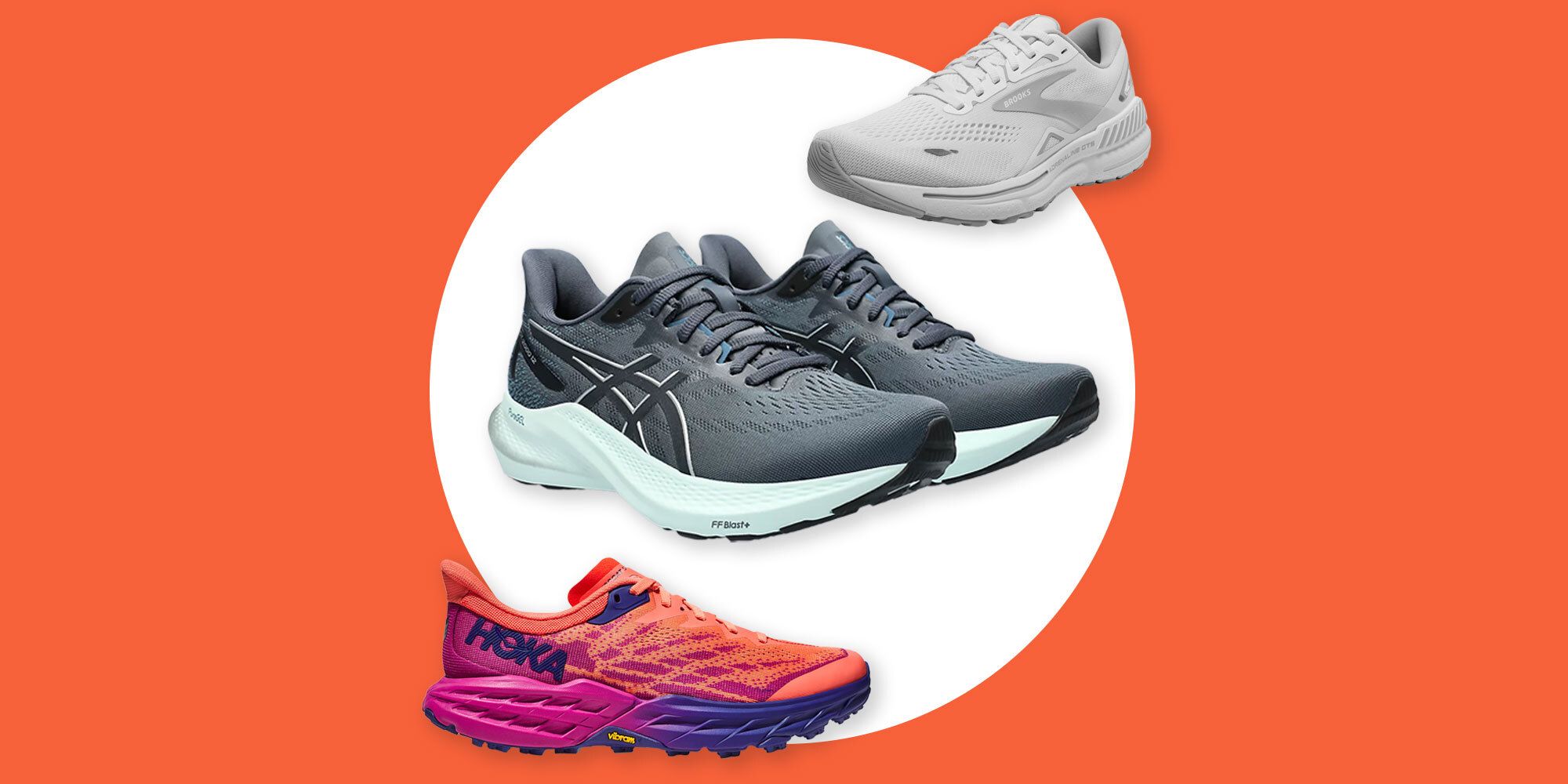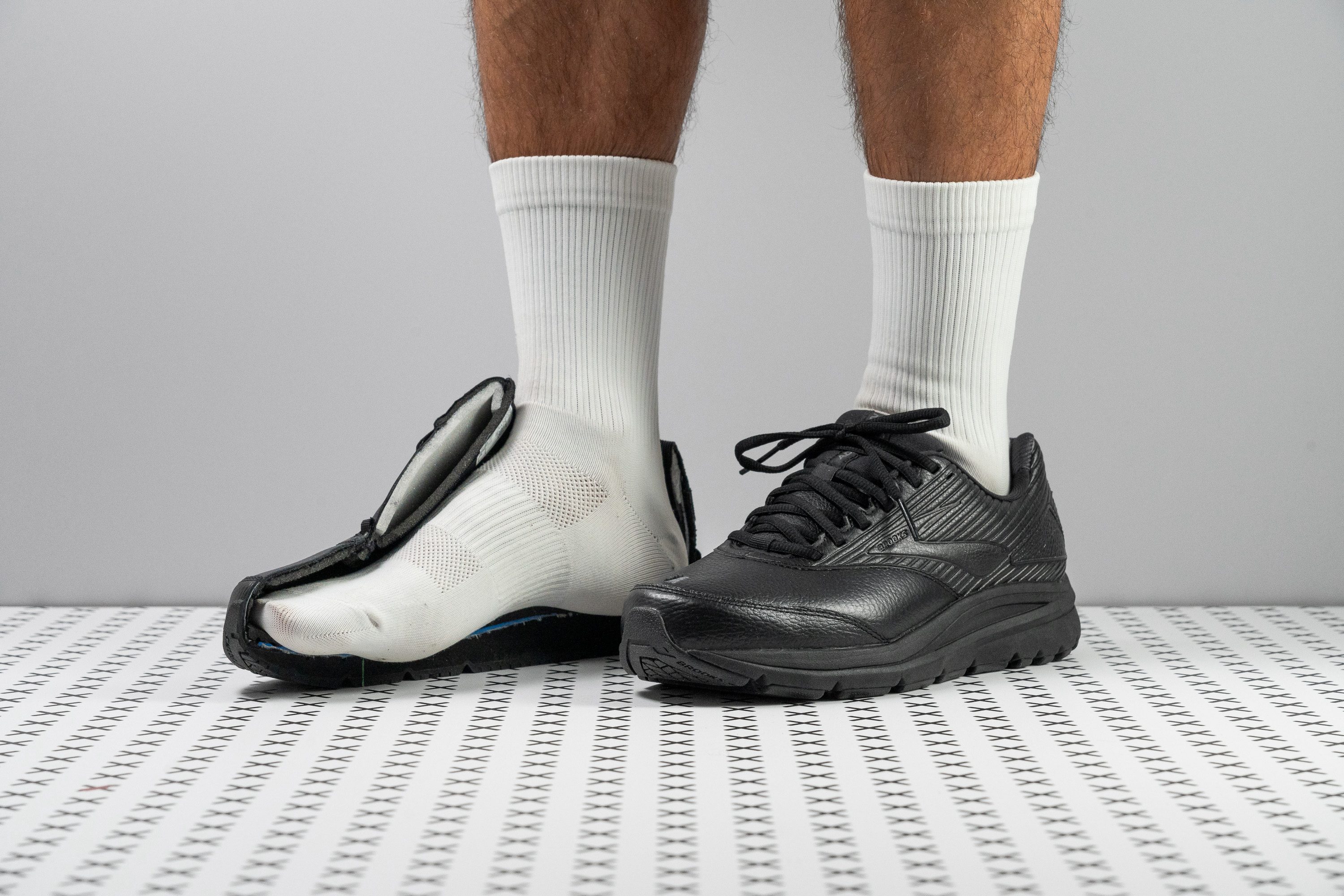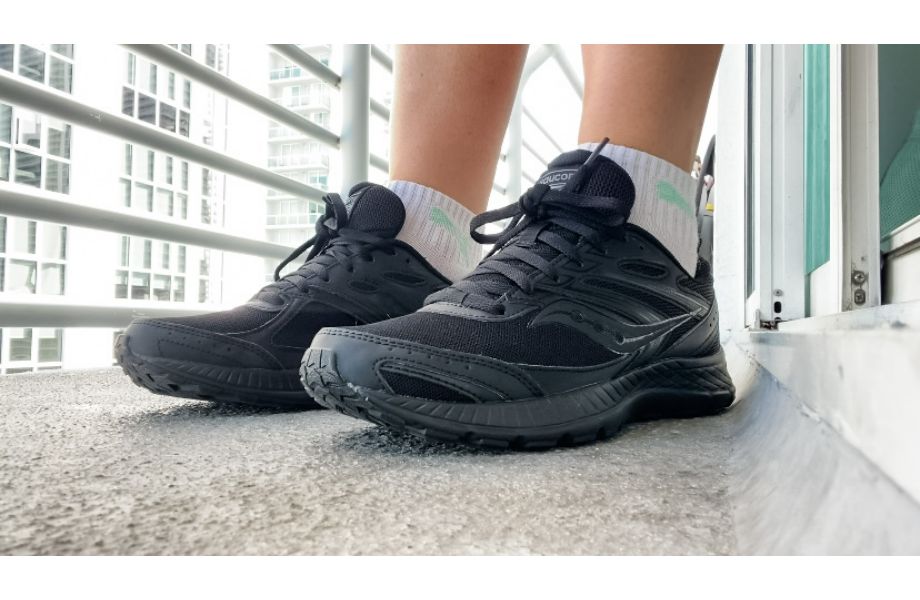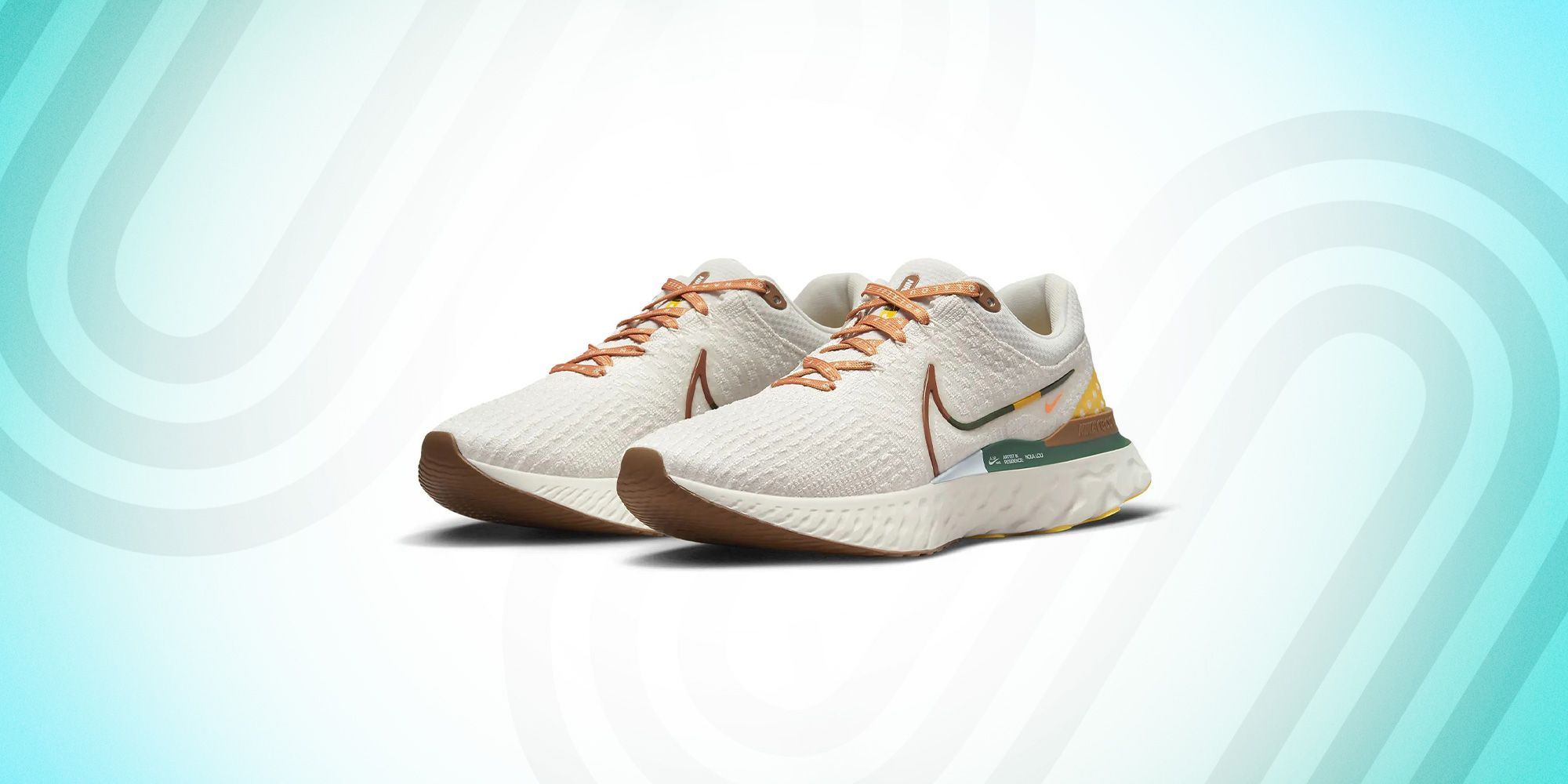Walking should be a delight, not a painful chore. If you’re one of the millions suffering from plantar fasciitis, finding the perfect walking shoes can make all the difference. This article dives deep into the world of walking footwear, providing you with insights, tips, and recommendations to help you find shoes that cater to your specific needs.
Understanding Plantar Fasciitis
Plantar fasciitis is a common condition that causes pain in the heel and bottom of the foot. It occurs when the thick band of tissue that runs across the bottom of your foot—known as the plantar fascia—becomes inflamed. Factors contributing to this condition often include excessive running, standing for long periods, and inadequate footwear. Head over to NCBI for a deeper understanding of its impact.
Symptoms of Plantar Fasciitis
The primary symptom of plantar fasciitis is a sharp, stabbing pain in the heel, particularly noticeable during the first steps in the morning or after long periods of sitting. If you find yourself limping or adjusting your walking style to accommodate this discomfort, it’s crucial to select shoes designed for comfort and support.

What Makes a Shoe Good for Plantar Fasciitis?
Choosing the right pair of walking shoes involves understanding several key features that can alleviate discomfort linked to plantar fasciitis. These include:

Arch Support
A shoe with excellent arch support can help redistribute pressure away from the plantar fascia. Look for shoes specifically designed for individuals with high or low arches.
Cushioning
Good cushioning helps absorb impact, making each step more comfortable. Consider shoes with ample padding in the midsole and heel area.

Stability and Motion Control
Stability features help prevent excessive foot motion, particularly if you’re overpronating. Look for structured shoes that guide your foot’s motion naturally.
Heel Height
A slight heel lift can reduce strain on the plantar fascia. Shoes with a heel height of 1 to 1.5 inches often work best.

Recommendations for the Best Walking Shoes for Plantar Fasciitis
Now that we’ve covered what to look for, let’s explore some of the top-rated walking shoes that provide support, comfort, and style.

1. ASICS Gel-Kayano 28
The ASICS Gel-Kayano 28 is often recommended for its superior cushioning and support. Many users report that the shoe’s forefoot and heel gel technology significantly mitigate pain associated with plantar fasciitis.

Pros:
- Exceptional cushioning
- Stability features
- Breathable mesh upper
Cons:
- Higher price point
- Can feel heavy compared to other models

2. New Balance 990v5
New Balance is known for its commitment to creating shoes that cater to different foot types. The 990v5 provides a combination of cushioning and stability, making it a popular choice among individuals with plantar fasciitis.
Pros:
- Wide size options
- Durable construction
- Classic style
Cons:
- May require a break-in period
- Costly for some budgets
3. HOKA ONE ONE Bondi 7
The HOKA ONE ONE Bondi 7 is praised for its maximum cushioning and support, making it ideal for those looking to ease their plantar fasciitis pain.
Pros:
- Extremely cushioned
- Lightweight feel
- Stylish design
Cons:
- Higher heel-to-toe drop may not suit everyone
- Not as breathable as some other options
| Brand | Model | Cushioning | Stability | Price Range |
|---|---|---|---|---|
| ASICS | Gel-Kayano 28 | High | Yes | $160-$180 |
| New Balance | 990v5 | Medium-High | Yes | $175-$200 |
| HOKA ONE ONE | Bondi 7 | High | No | $150-$175 |
Real-World Experiences and Case Studies
Listening to the experiences of others can help inform your decision. Here are some testimonials from individuals who found relief through the right footwear.
Case Study: Jane’s Journey with Plantar Fasciitis
Jane, a 34-year-old teacher, struggled with plantar fasciitis for over a year. After trying numerous brands, she discovered the ASICS Gel-Kayano 28. “I finally feel like I can walk through my day without pain” she shared. Jane noted that the stability provided allowed her to withstand long hours of teaching and standing.
Case Study: Mark’s Active Lifestyle
Mark, an avid hiker and runner, faced severe heel pain that made his outdoor adventures difficult. After switching to HOKA ONE ONE Bondi 7, he stated, “The cushion feels like walking on clouds.” Mark emphasized the importance of support, as he could finally resume his favorite activities while managing his plantar fasciitis.
Additional Tips for Managing Plantar Fasciitis
1. Stretch Regularly
Incorporating stretches for the calves and plantar fascia can significantly alleviate tension. Consider performing calf stretches against a wall or using a towel to stretch your toes toward you.
2. Use Orthotics
Custom or over-the-counter orthotic insoles can provide the additional support your shoes may lack. They can help maintain proper foot alignment and reduce pain.
3. Limit High-Impact Activities
While staying active is crucial, try to limit activities that place excessive stress on your feet, such as running on hard surfaces or attending high-impact aerobics classes.
4. Choose the Right Walking Surface
Whenever possible, walk on softer surfaces like grass or dirt trails rather than concrete. This can decrease the impact on your feet.
Frequently Asked Questions (FAQs)
1. Can walking shoes help with plantar fasciitis?
Absolutely! Walking shoes with proper arch support, cushioning, and stability can substantially alleviate symptoms of plantar fasciitis.
2. Do I need to break in my shoes?
Many shoes may require a short break-in period. It’s important to gradually increase wear to give your feet time to adjust.
3. How do I know if my shoes are too worn out?
If you notice uneven wear on the soles or experience discomfort during walks, it’s time to replace your walking shoes.
4. What type of arch support do I need?
The type of arch support you need depends on your foot type—flat, neutral, or high arches. Consider consulting with a podiatrist for personalized recommendations.
5. Can specific exercises help with plantar fasciitis?
Yes, engaging in specific exercises designed to strengthen the foot and improve flexibility can aid in the recovery process.
6. Is there a specific type of shoe I should avoid?
Avoid shoes that are flat with no arch support, such as flip flops or high heels, as these can worsen symptoms.
7. Should I consult a professional before choosing shoes?
If you’re unsure about the right shoe for you, consider consulting a foot specialist or chiropractor for personalized advice.
8. How long should I expect my shoes to last?
Typically, walking shoes last about 300 to 500 miles of use. However, your specific usage and shoe quality may affect this lifespan.
9. Can I return shoes if they don’t help my condition?
Most retailers offer return policies, so it’s a good idea to check before purchasing and try shoes within your home to ensure comfort.
Conclusion
Finding the right walking shoes for plantar fasciitis can be transformative, allowing you to enjoy daily activities without discomfort. By focusing on critical features such as arch support, cushioning, and stability, you can significantly improve your quality of life. Remember, every foot is unique, so take the time to explore options and consult professionals as needed. With the right knowledge and choice, your steps can be filled with comfort and joy.
For additional reading on plantar fasciitis and how to manage it, check out the following links: